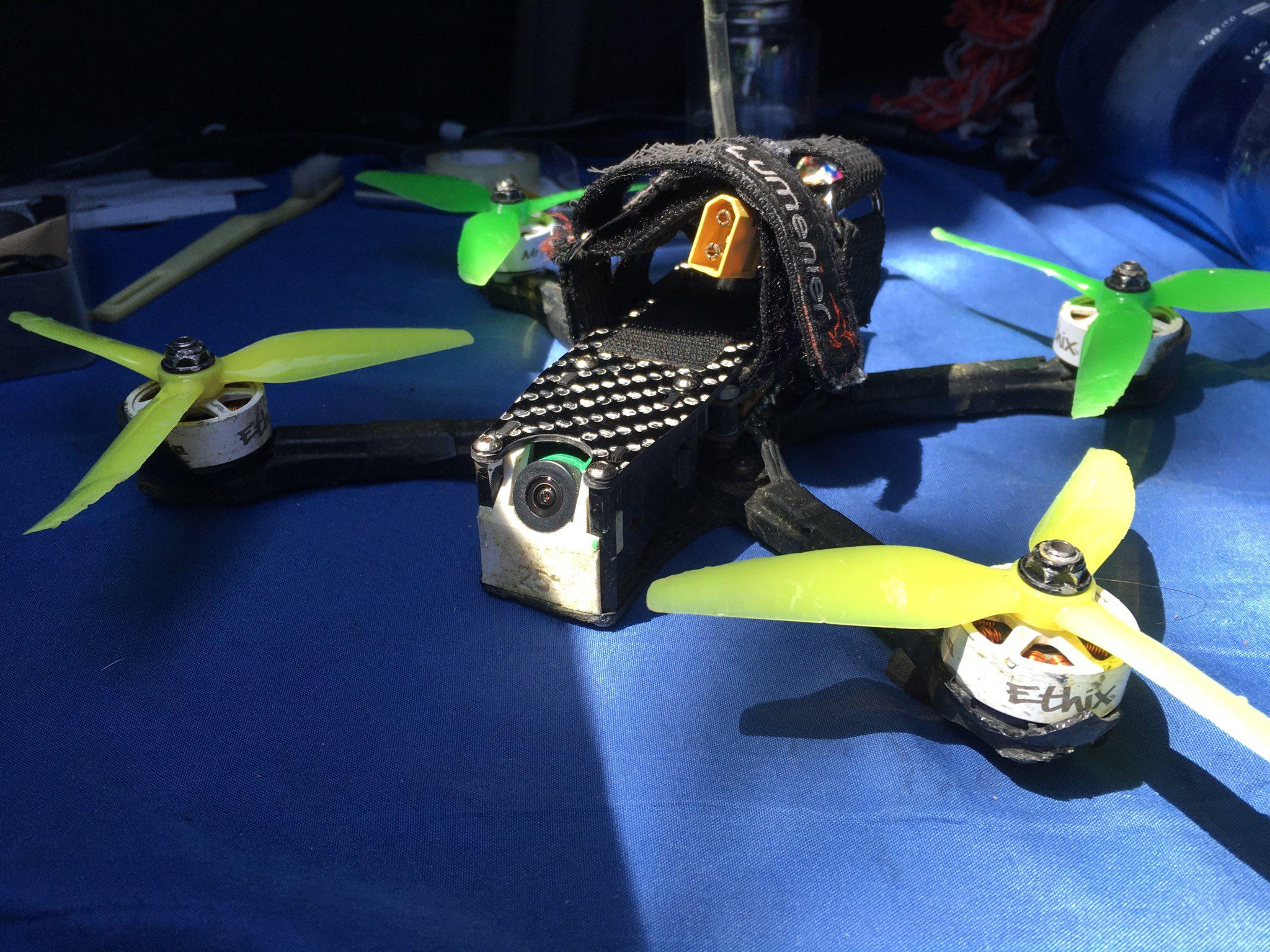I heard from my brother that people who install high power sound systems often get a high voltage alternator to power it without killing the starter battery. I was thinking about this for my electrical system. I’d like to get a deep cycle house battery and isolation/charging circuit for it. Does anyone have experience doing this kind of conversion? Or recommendations for alternators and charging circuits?
Also keep in mind that sitting idle with the engine running to charge off the alternator adds more wear to the engine and is also less efficient than running a generator which is designed for the task.
An engine just sitting idle isn’t going to distribute oil to all it’s parts well. It’s also got no air flowing around it aside from what the fan provides so things are going to get hot!
I’d like to get a deep cycle house battery and isolation/charging circuit for it.
TLDR
it’s normal and rarely requires modification/replacement of the alternator.
longer answer
Charging from the alternator is a common way to augment lead-chemistry house battery charging while driving. It can also be used as a sole method to charge lithium, if required.
Caveat: charging lead banks solely by alternator doesn’t work great, because lead batts require both voltages and charging durations the alternator is unlikely to provide. Solar+alternator works well because each charging method is strong where the other falls short.
Another caveat: idling to charge is problematic for several reasons, which is why lovers of Extremely Loud Music in Parking Lots need to have custom alternators and alternator pulleys. The equivalent in the bank-charging world is a an externally-regulated alternator that use temperature readings to control power output. Since that’s complex and $$ most of the time we just use alt+solar.
the hardware
from simplest/cheapest to complex/$$
- relay/combiner - constant-duty solenoid, usually triggered by D+ (ignition) signal
- votage-sensing relay - as above, only triggered by specific voltages
- diode-based isolators - not used as much anymore because they drop voltage and cannot be deactivated
- DC-DC chargers - electronic gear that can output specific voltages and limit current. Can be triggered by D+ and/or voltage. DC-DC charging is effectively mandatory with “smart” alternators, although not necessarily with lithium banks.
getting started.
First we figure out daily power requirements, which drives all the other decisions. From there we can back into a battery bank capacity/chemistry, and from there into an alternator-charging strategy.
Thanks for the detailed write-up. I’ll try estimating my power needs.



